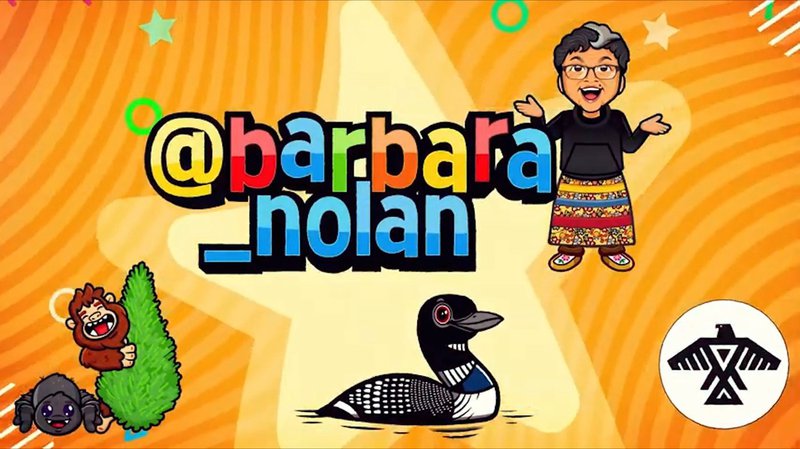
Anishinaabe elder uses online video to pass along love of language to children
Barbara Nolan, an Anishnaabe elder on a mission to promote her nation’s language, says she loves to hear stories about how her work is influencing children.
Nolan launched a series of online videos last month to introduce the language — called Anishinaabemowin — to the very youngest members of the community.
“I know this one grandparent, she sends me a picture of her grandchildren sitting on the floor and they’re watching a big-screen TV,” Nolan said in a recent interview from Garden River First Nation, east of Sault Ste. Marie, Ont. “And guess who’s on that big-screen TV? It’s me!”
In her videos, Nolan uses immersion techniques — instead of teaching the language, she encourages people to live it. Her content tackles a wide range of topics from Halloween to animals to the blight of residential schools, presented in a way that a child can understand.
